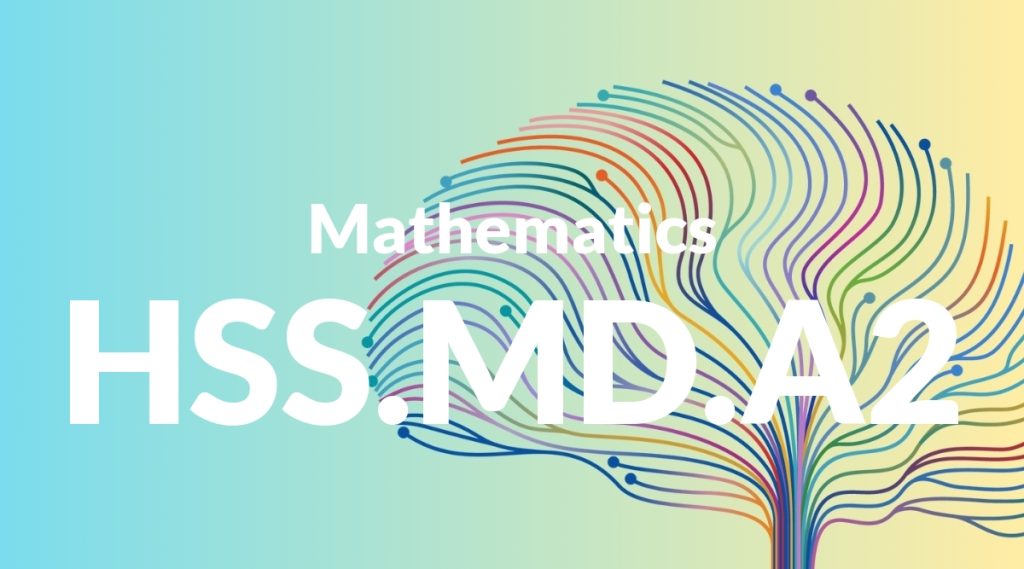Standard: HSS.MD.A2 – (+) Calculate the expected value of a random variable; interpret it as the mean of the probability distribution.
Grade level: High School: Statistics & Probability
Subject: Mathematics
Domain: Measurement & Data
Teacher Overview
This standard focuses on calculating the expected value of a random variable and interpreting it as the mean of the probability distribution. This concept is crucial for understanding how to predict average outcomes in various probabilistic scenarios, which is a fundamental skill in statistics and probability. Students should be comfortable with basic probability concepts, including probability distributions, mean, and variance, as well as algebraic manipulation and arithmetic.
After mastering this standard, students will be able to apply their understanding of expected value to more complex probabilistic models and be prepared to explore topics such as variance, standard deviation, and the Law of Large Numbers.
Common Misconception 1
One common misconception is that the expected value is always a value that the random variable can actually take. This is incorrect because the expected value is a theoretical average, not an actual outcome.
Intervention 1
To address this misconception, use concrete examples to show that the expected value is a theoretical mean and may not be an actual outcome. Visual aids like probability distribution graphs can be very helpful.
Common Misconception 2
Another common misconception is thinking that the expected value is the most likely outcome. This is incorrect because the expected value is the mean of the distribution, not necessarily the mode.
Intervention 2
Clarify the difference between the expected value and the mode through examples and practice problems that highlight different scenarios.
Prerequisite Knowledge
Students should have a foundational understanding of probability, including basic concepts such as probability distributions, mean, and variance. They should also be comfortable with algebraic manipulation and basic arithmetic operations.
Subsequent Knowledge
After mastering this standard, students will be able to apply their understanding of expected value to more complex probabilistic models. They will also be prepared to explore topics such as variance, standard deviation, and the Law of Large Numbers.
Instructional Activities
- Hands-on activities with dice and coins to illustrate expected value
- Interactive simulations to visualize probability distributions
- Real-world problem-solving scenarios involving expected value
- Group projects analyzing different probabilistic models
- Practice worksheets with a variety of expected value problems




